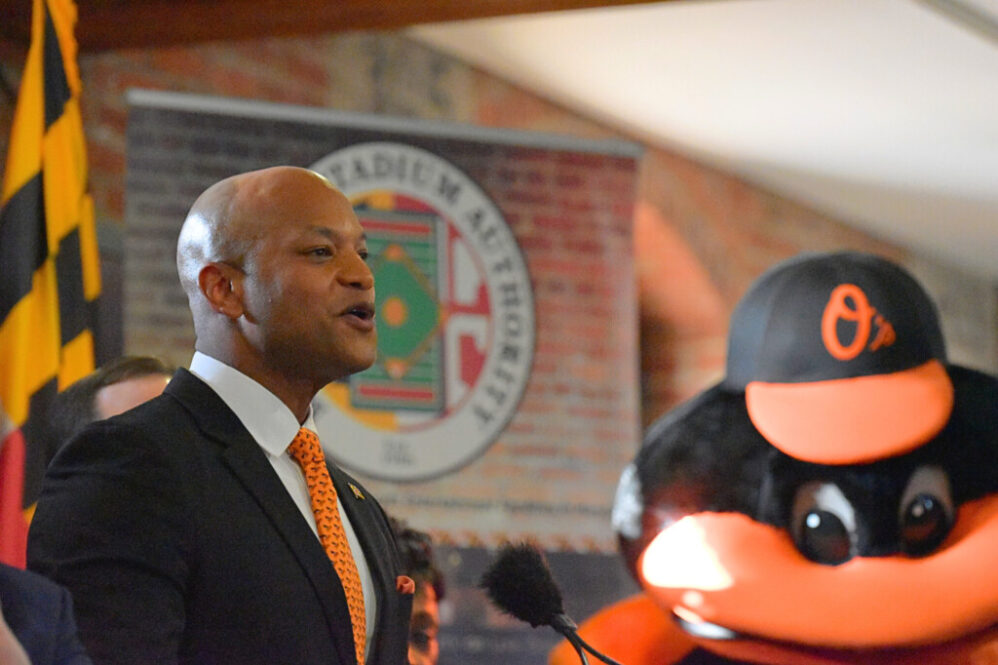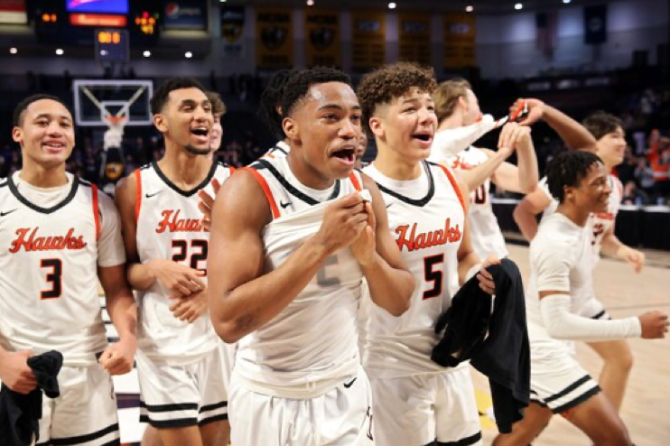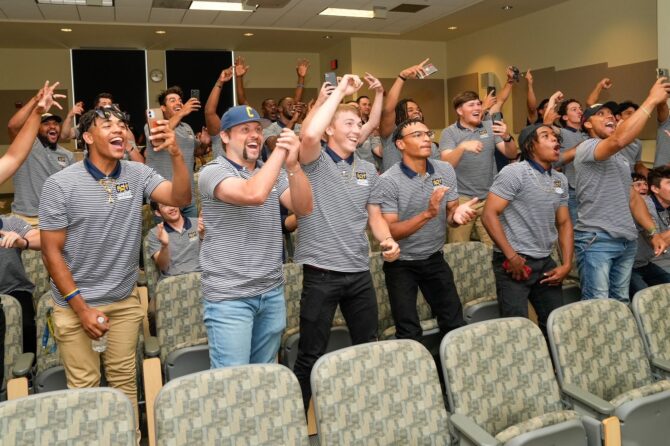MARYLAND MATTERS: A deal to keep the Baltimore Orioles in the team’s iconic Camden Yards was approved by state authorities Monday, just ahead of a looming deadline.
The Maryland Stadium Authority voted unanimously, with two abstentions, to approve a lease contract that could keep the team in Baltimore for the next three decades on Monday morning, followed hours later by unanimous approval of the state’s fiscal oversight panel, the Board of Public Works.
Gov. Wes Moore (D), who chairs the Board of Public Works, and others hailed the deal as a turning point in the revitalization of Baltimore.
“We will jumpstart a larger project centered on how we reinvest in downtown while also saving taxpayers tens of millions of dollars by making the Orioles pay their fair share,” Moore said. “The state will make investments to upgrade the ballpark with the stadium authority controlling that process and ensuring that every single public dollar is spent wisely.”
Moore repeatedly hailed the importance of the agreement which he repeatedly said would keep the team in Baltimore for 30 years and possibly more.
Baltimore City Mayor Brandon Scott (D) praised the deal as another step forward in revitalizing the city.
“Despite the naysayers, our city is on the rise,” Scott said. “And our Renaissance isn’t coming Mr. Governor. It’s here.”
The deal’s length, however, remains in flux and hinges on the team and state’s ability to agree on complicated neighborhood development plans in the next three years.
If everything goes to plan, the team will continue to play at the Baltimore stadium until Dec. 31, 2053. There are also up to four team options to extend that deal for five years each.
An escape provision allows the team to get out in as little as 15 years if negotiations over development rights around the stadium are not completed by Dec. 31, 2027.
Any development agreement requires the approval of the General Assembly’s Legislative Policy Committee and the Board of Public Works.
The vote by the Moore-led Board of Public Works capped an extended effort to secure a lease with the team.
“I had reservations throughout this process, but I can confidently say that that we ended up in a very good place and I think that we now have the ability to define the issues, move forward playing baseball, work out the other issues, and hopefully, another 30 years of Orioles baseball,” said Joseph Bryce, a member of the Maryland Stadium Authority board.
The deal ratified Monday is the latest in an effort by Moore to secure the long-term future of the team in Baltimore.
In September, Moore appeared on the video screen in center field above a statement announcing a 30-year deal. But that announcement was premature as details were released that clarified the two sides signed a memorandum of understanding outlining details to be worked out instead of a legally enforceable lease.
“I think without the MOU, we’re not here today. You needed to have an MOU that really helped us take out the guidelines as to how we’re going through the negotiation process” Moore said of the miscue.
“While I know that there were certain aspects of it that I hoped we could have thought through” the governor said he did not want the September announcement to lead the public to “believe that there wasn’t more work that needed to be done.”
John Angelos, Orioles chair and managing partner, desires to develop state-owned land adjoining the stadium.
Angelos did not attend any of the meetings on Monday.
“There’s nowhere the Orioles would rather play championship baseball than here at Camden Yards,” said Greg Bader, Orioles executive vice president and chief operating officer. “In addition to the memories and excitement the team will bring to the baseball field, 30 more years of Orioles baseball means 2,500 events and 75 million visitors to downtown Baltimore. The development itself will bring thousands of jobs to the region. And we’re proud to continue to be a core driver of the economy for our city and state as well as a partner in positively impacting our community.”
The “live, work and play” entertainment district would be similar to The Battery in Atlanta near the home of the Atlanta Braves or around Globe Life Field in Arlington, Texas, home of the Texas Rangers.
Angelos led a tour of the Atlanta venue for Moore earlier this year.
The development in Texas was key to drawing the All-Star game to the stadium. It is hoped that a similar entertainment district in Baltimore would bring the mid-summer game back to Baltimore for the first time since 1993, a year after Camden Yards opened.
Such a development may also increase the value of the team should the Angelos family seek to sell the team.
The effort to develop that master plan also triggers a parity clause in the lease with Baltimore’s National Football League team, the Ravens.
“What happens next is we’re going to begin a larger master planning process that the Ravens will very much be a part of,” said Moore. “The Ravens have been great partners throughout this entire journey …this larger master planning process, will very much involve them.”
Under the terms of new lease, the Orioles will pay no rent but will maintain the stadium under the oversight of the Maryland Stadium Authority. The team will continue to pay admissions and amusement taxes, sales taxes, and applicable property taxes. The amounts are based on ticket sales.
The Orioles get access to the $600 million in bond money set aside in 2023, with oversight from the state. No bond money is being requested yet, but the agreement requires that the lease remain in place until the bonds are paid off — typically a 15-year period.
The team also agrees to ensure that all contracting at the stadium and related future development meets state diversity-ownership goals.
The deal also continues provisions in the current lease granting the team stadium naming rights.










